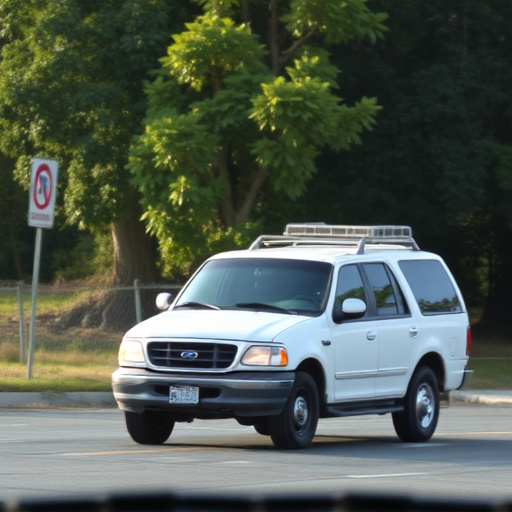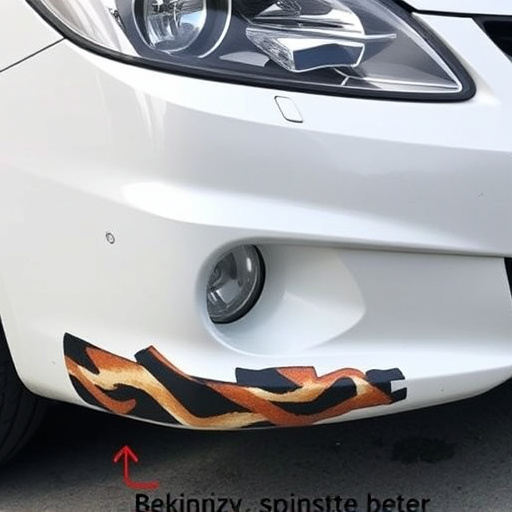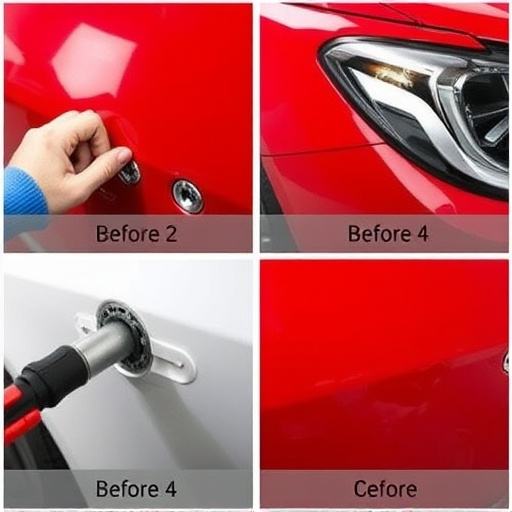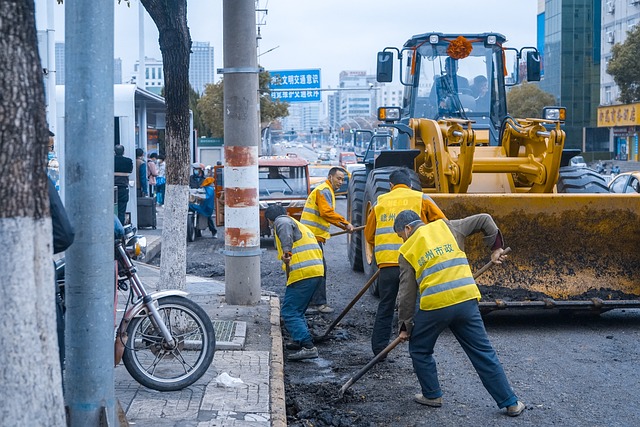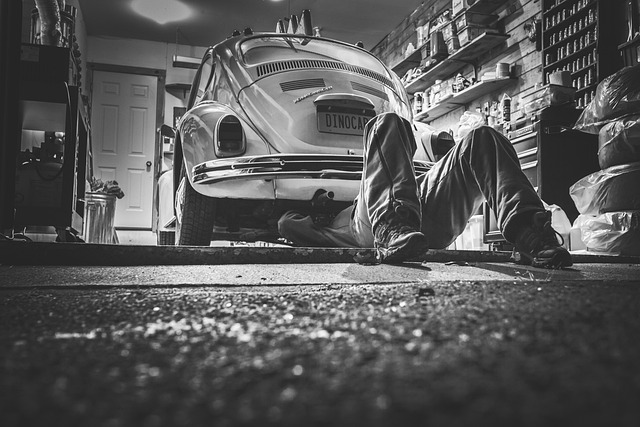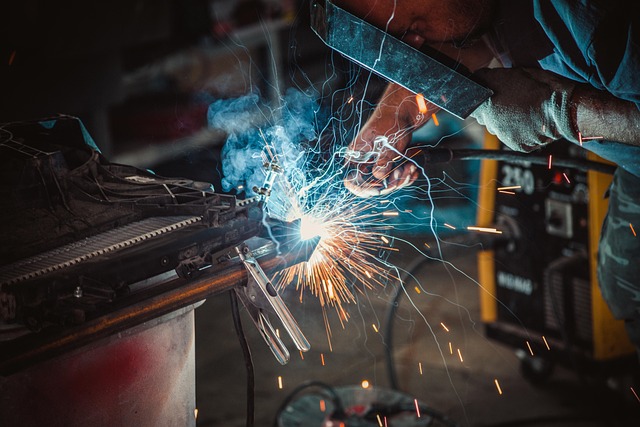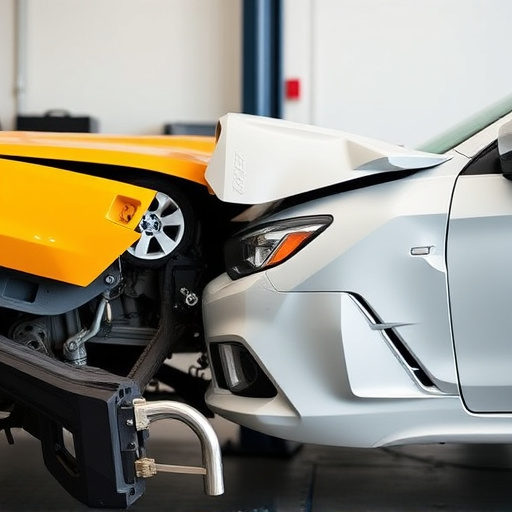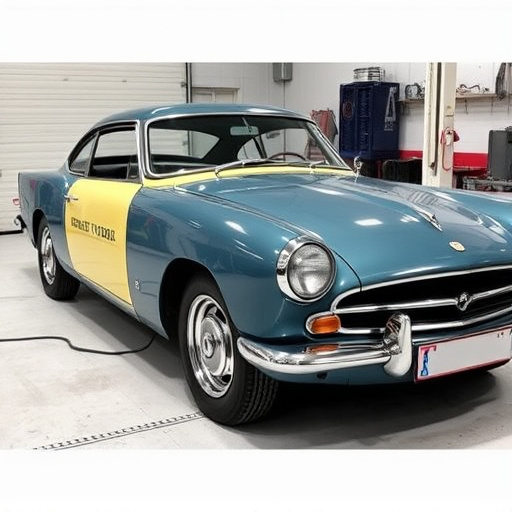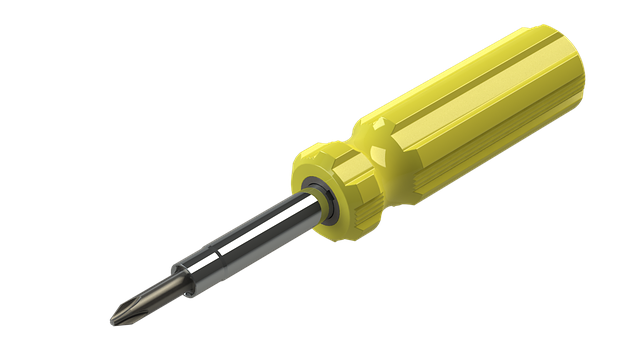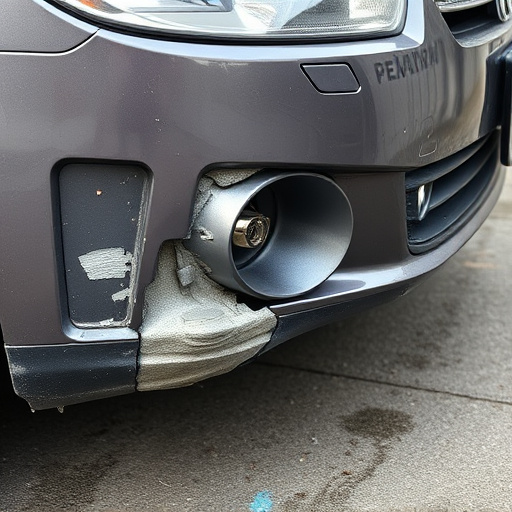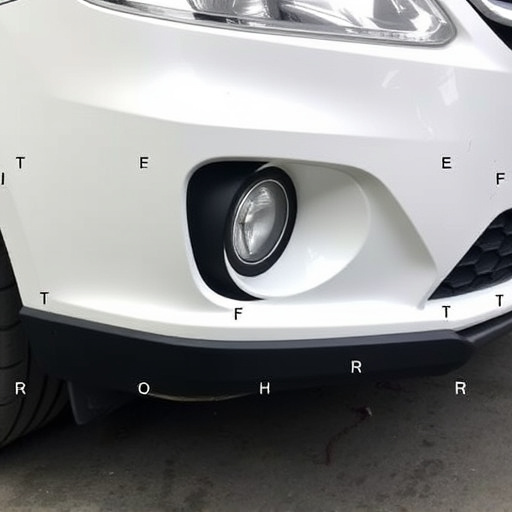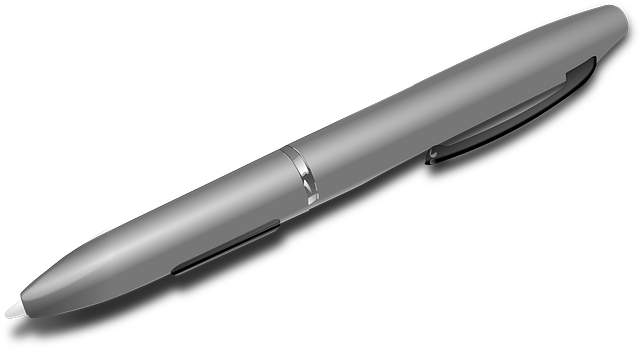For successful crash damage repair, thorough preparation is key. This involves a comprehensive vehicle inspection to identify all issues, both visible and structural. Accurate measurements, detailed records, and proper workspace setup are essential. Gather necessary tools, paint supplies, and create a checklist for efficiency and high-quality results. Remember, meticulous planning enhances safety and ensures optimal crash damage repair outcomes.
Crash damage repair is a delicate process that demands precision and attention to detail. Many DIY enthusiasts and even seasoned mechanics stumble due to common mistakes, leading to subpar results and potential safety hazards. This article guides you through critical areas of crash damage repair projects, from pre-repair preparations to post-work assessments, helping you avoid pitfalls and ensure quality repairs. By understanding these common mistakes, you’ll be better equipped to tackle such projects with confidence and expertise.
- Pre-Repair Preparations: Laying the Foundation for Success
- – Inadequate vehicle inspection before beginning repairs
- – Neglecting to gather necessary tools and materials
Pre-Repair Preparations: Laying the Foundation for Success

Before diving into any crash damage repair project, thorough preparations are key to ensuring successful and long-lasting results. The initial steps in the car bodywork restoration process lay the foundation for the entire operation. Start by thoroughly inspecting the damaged areas to understand the extent of the repairs required. This involves identifying not only visible cracks or dents but also underlying structural issues that might need attention. Taking accurate measurements and creating detailed records will help guide your repair process, ensuring every part is replaced or fixed precisely.
Additionally, gathering the necessary tools and materials in advance is crucial. For car body repair tasks, this might include specialized equipment like dent pullers, sanders, and paint guns. Ensure you have access to high-quality car paint repair supplies that match your vehicle’s original specifications. Proper preparation, including setting up a clean and organized workspace, will make the repair process more efficient and reduce the risk of further damaging the car’s exterior during the repairs.
– Inadequate vehicle inspection before beginning repairs

Before diving into any crash damage repair project, it’s imperative to conduct a thorough inspection of the vehicle. Many homeowners and DIY enthusiasts make the mistake of assuming that their car is ready for repairs based on initial visual assessments. This can lead to significant issues later in the process as hidden damage or structural weaknesses might go undetected. An automotive body shop professional understands that a comprehensive inspection involves not just examining visible parts but also checking critical components like frames, suspension systems, and safety features.
This detailed approach ensures that every aspect of the vehicle is in optimal condition before repairs commence, preventing further complications. Car body repair experts employ specialized tools and techniques to uncover potential problems, ensuring the structural integrity of the vehicle after crash damage repair. This meticulous process not only guarantees superior results but also enhances the safety of the driver and passengers.
– Neglecting to gather necessary tools and materials

When embarking on a crash damage repair project, one common pitfall to avoid is not having all the required tools and materials readily available. It’s essential to create a comprehensive checklist before starting any auto dent repair or car repair services. This includes everything from specialized equipment for dent removal to high-quality paints and brushes. Neglecting to gather these essentials can lead to delays, poor results, and even more damage to the vehicle.
Proper preparation is key in crash damage repair. Without the right tools and materials, even the most skilled technicians may struggle to achieve a professional finish. Therefore, before you begin any dent removal or car repair tasks, ensure you have everything needed to complete the job effectively. This will not only streamline the process but also guarantee superior outcomes for your crash damage repair projects.
Crash damage repair projects require meticulous planning and attention to detail. By avoiding common pitfalls such as inadequate vehicle inspections and missing essential tools, you can ensure a more successful and seamless restoration process. Remember, proper preparation is key to achieving high-quality results and maintaining the integrity of your vehicle.
